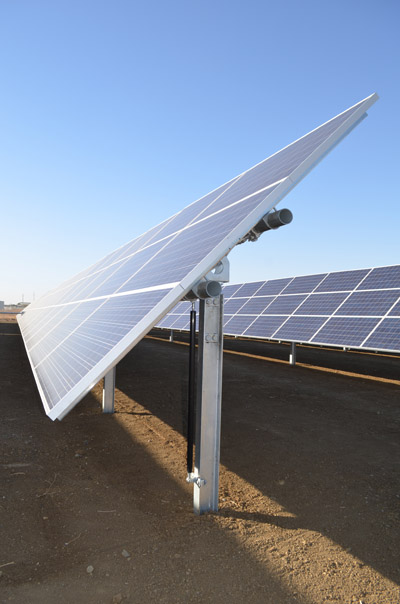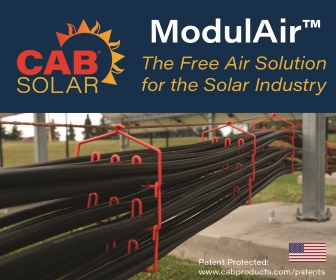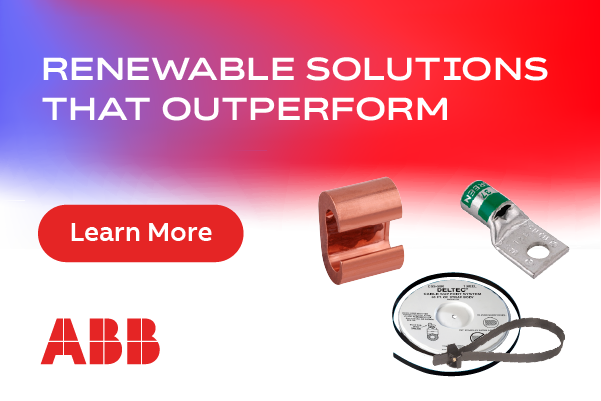Considering Solar Power: Choosing the Right Commercial System
 There’s a good chance the shampoo you used to wash your hair this morning, the soda you had at lunch, and the apple you’re snacking on are brought to you, in part, by solar energy. That’s because big, household name companies and educational facilities are installing solar energy systems on their rooftops, carports, or grounds.
There’s a good chance the shampoo you used to wash your hair this morning, the soda you had at lunch, and the apple you’re snacking on are brought to you, in part, by solar energy. That’s because big, household name companies and educational facilities are installing solar energy systems on their rooftops, carports, or grounds.
At 800 megawatts (MW) installed in the United States last year, commercial solar installations accounted for the largest segment of new solar capacity in 2011, according to the US Solar Market Insight. It’s expected commercial installations will remain a large portion of the US solar market in the next several years, with the solar investment tax credit available through 2016. New financing models are also helping to lower upfront costs for commercial solar.
Distributed generation projects, ranging from 250 kW to 5 MW, generate solar energy directly from the business owner’s facility, for that facility. One of the advantages of commercial installations is their location on private lands—meaning, there are fewer siting hurdles as compared to utility-scale projects. For example, in California, there are no land entitlement or California Environment Quality Act (CEQA) issues to consider. It’s also easier to get interconnections approved, as commercial distributed generation is on the business side of the meter, and is becoming less expensive as better financing is available.
An increasing number of businesses are also starting to understand that solar will help lower operating costs and deliver cost-competitive electricity, reliably and efficiently. A recent Solar Energy Industries Association (SEIA) and Vote Solar Initiative report found that as of mid"2012, businesses, as well as non"profit organizations and governments across the US have deployed more than 2,300 MW of photovoltaic (PV) systems on more than 24,000 individual facilities. Many of these businesses included household names like Costco, Kohl’s, and Ikea.
Know Your Options
Where residential installations are typically roof-mounted and utility-scale installations are typically ground-mounted, commercial installations provide more flexibility in where they can be located. This advantage can best be leveraged through choosing an experienced solar integrator with a track record of commercial installations designed and engineered to maximize solar electricity generation.
Below are examples of the different types of solar installations available to commercial solar consumers: rooftop, carport, and ground-mount.
• Rooftop
Recently, eBay installed a 665 kW rooftop solar power system on one of its data centers in Utah. The system produces 924,013 kW-hours of electricity annually, which is equivalent to offsetting 702 tons of greenhouse gas emissions yearly. With the combination of lower electricity bills and incentives, the system is expected to pay for itself in four years. Rooftop installations are ideal for warehouses and logistics facilities because they allow companies to monetize their massive rooftops.
• Carport
Carport installations help businesses go solar without sacrificing valuable land space. National University, the second-largest private, nonprofit institution of higher education in California, installed an 852 kW rooftop and solar carport system on the top of a parking garage. This helped utilize parking areas to generate renewable power, while setting an example of innovation and sustainability for employees, clients, and students. National University is also expected to realize $1.6 million in savings over the next 20 years.
• Ground-mount
Ground-mount solar installations provide even greater flexibility. A fixed-tilt solar array places the modules at a single angle, calculated for maximum solar exposure. This type has traditionally been preferred because its simplicity and lack of moving parts makes installation quicker and cheaper. La Vina Ranch, which grows, packs and ships table grapes in California, installed a 396 kW ground-mount system that will provide up to 75% of the electricity needed at the adjacent cold storage facility. It’s expected to save the Ranch more than $66,500 annually.
A Look at Trackers
For businesses that want to generate additional solar energy, or that have land constraints, tracking systems are an option. Single-axis tracker systems are a type of ground-mount system that stands out in regards to return on investment. These systems mount solar panel modules on a tracker that has a single axis of rotation, which follows the sun. Because the modules track the sun, they generate more electricity than a fixed-tilt system. Recent technology advances are allowing these systems to withstand harsh weather conditions, such as snow, hurricane-winds, heavy rains, and hail.
Single-axis trackers are ideal for agribusinesses that consume large amounts of energy and want a solar system that uses the least amount of land. Colleges and universities also consume large amounts of energy and have limited land space for solar. Oberlin College in Ohio, for instance, recently installed a 2.27 MW single-axis tracker system that covers about 10 acres of agricultural land, and will generate approximately three million kWh of electricity per year, equal to 12% of the college’s annual consumption. The electricity from this system will move the college significantly closer toward its goal of carbon neutrality by 2025.
Providing a Competitive Edge
Cost savings are a major influence on the business case for solar. But there is another economic reason to consider. The 2011 SCHOTT Solar Barometer found that more than half of Americans would be more likely to buy a product knowing that it was made using solar energy. In an increasingly competitive marketplace, every edge counts. It’s hoped and anticipated these advantages will continue to drive the commercial solar market for years to come.
~ Credit: SPG Solar | www.spgsolar.com
Author: Ian Stuart
Volume: January/February 2013











.png?r=4737)
